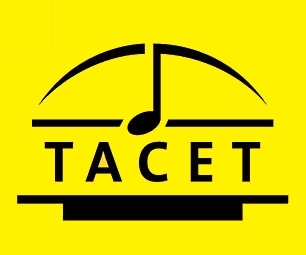Razor-sharp and crystal-clear transparency
Andras Keller’s interpretation of Bartok’s Concerto for Orchestra does not seek the grand symphonic sound, not the magnificent gesture, but the best possible transparency, supported in this by Tacet’s recording technique and Real Surround sound. The concerto for orchestra thus becomes a concerto that considers the soloistic roles of the orchestral musicians as a priority.
Now other conductors have tried this, including Pierre Boulez in his recording with the New York Philharmonic. But what sounded contrived with Boulez is fascinating here with a great vividness and an incomparable spontaneity. This is how Bartok may have envisioned the concerto. Instrumental preparation, listenability, conciseness and rhythm are exemplary and allow the listener to experience the music quasi three-dimensionally.
Even the beginning is promising. Keller immediately creates a wonderful, enchanting atmosphere and develops from it a dramatic musical plot that captivates less by its tension than by its instrumental variety. In the second movement, too, he proves himself a masterful conductor. The 3rd movement, the Elegy, is a marvel of light and shadow play, of drama, figuration and onomatopoeia. Once again, the warm colors give the whole a directly fairy-tale character. And throughout the concert, Keller never forgets that Bartok brought a lot of folk song material into this composition, and that this mix is what makes the piece so appealing, indeed what holds it together in equal measure.
Thus, the placement of Hungarian Pictures as the first work on the SACD makes sense. The orchestra Concerto Budapest shows its high level also in this with a lot of flexibility and wonderful colors.
Remy Franck<< back
